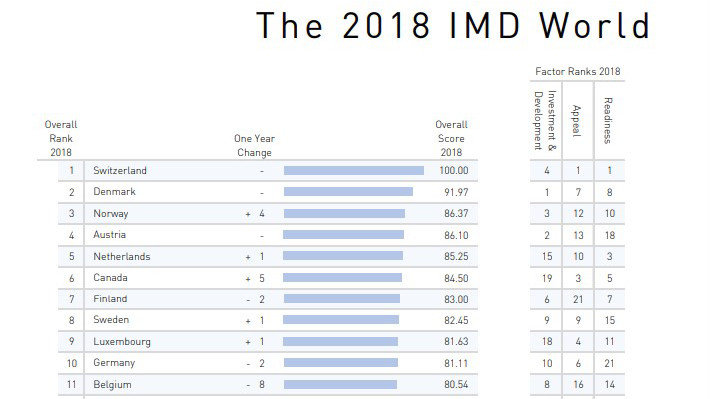The Finnish society was shocked a month ago when the state statistical service (Tilastokesus) published its population projections for the next decades. The conclusions were pessimistic: Finland has recorded more deaths than births for three years in a row and if the population is still growing is because of the positive migratory balance. This evolution will last just until 2035, when population will begin to decline and by the 2050s will fall below the current numbers.
Given those figures, the politicians responsible for the main parties made loud statements to point out possible solutions and one of the most used terms was 'työperäinen maahanmuutto', which can be translated by ‘labor immigration’. They emphasized the need to encourage the arrival of qualified immigrants. However, the measures taken to do so remain scarce and entrepreneurs with foreign background complain that the country should do more to take advantage of the talent of foreigners.
An important mismatch
The conclusions of the recently published IMD World Talent Ranking 2018 also highlight this idea. This publication study 63 economies to assess how they develop, attract and retain the talent, a crucial factor to strengthening competitiveness. To do that, it observes several areas of interest such as expenditure on education, employee training, brain drain, language skills, cost of living, quality of life and taxes.
Although in general Finland comes out well with a worthy 7th place among the 63 countries (a slight drop from last year’s 5th spot), a detailed analyses of the three main factors taken into account to develop the ranking –Investment & development, Appeal and Readiness- illustrates an important mismatch.

The country is ranked 6th when measuring the investment in and development of home-grown talent, and in the 7th as regards to the context of the talent pool (preparation of the working force and competencies of the managers, ability of the educational system to meet the talent needs of the enterprises…). But it drops to the 22nd position when considering its appeal, this is the ability to attract highly-skilled foreign labour.
Good at home, mediocre overseas
Once again, the figures show that Finland scores very well on anything related to boosting its domestic abilities, but falls to mediocre positions in terms of attractiveness to those outside.
For instance, the country is ranked 40th when measuring the ability to attract foreign-skilled personnel into the country’s business environment. And 59th out of 63 when considering the effective personal income tax rate. It is also the 30th taken into account the general cost of living (consumption goods and services, including housing) and 23rd in terms of salaries for managers and professionals.
In the other hand, there are other areas that can be considered as an attraction for foreigners: Finland gets the top spot when measuring personal security and private property rights and 7th in terms of quality of life.
On a domestic scale, the report highlights the Finnish high public expenditure on education (ranked 6th), the percentage of the Gross Domestic Product (GDP) spent on education per student (5th), its health infrastructure (6th) and the high participation of women in labour market (10th). It also calls attention on the quality of the educational system (2nd), the emphasis put on science at schools (3rd), and the role played by universities to meet the needs of a competitive economy (6th).
The top 10
Switzerland is the country that occupies the ranking’s top position, followed by Denmark, Norway, Austria and the Netherlands. Then goes Canada, Finland, Sweden, Luxembourg and Germany. The study stresses that Western Europe continues being the world’s leading talent hub. In fact, Canada is the only non-European country included in the ranking’s top 10, as a result of small improvements in the three main factors and by prioritizing talent retention.
The USA is located at the 12th spot, while the United Kingdom is ranked 23rd, before other major economies which occupy lower positions: France (25), Estonia (28), Japan (29), Spain (31), Italy (32) and South Korea (33). The best Asian countries in terms of attracting, developing and retaining talent are Singapore (13) and Hong Kong (18).
The director of the International Institute of Management and Development, Arturo Bris, and its Chief Economist, Christos Cabolis, concluded that this year’s report “confirms the trends we identified in the past: the most successful countries in talent competitiveness are mainly European, mid-size economies, with high levels of investment in education and quality of life”.
The International Institute of Management and development is responsible for the completion and publication of the IMD World Talent Ranking. To do that, it analyses hard data like governmental finance statistics provided by organisms like OECD, Unesco and Eurostat. It also takes into account inputs from the IMD Executive Opinion Survey.
If you want to download the full IMD World Talent Ranking, you can do it by clicking HERE











